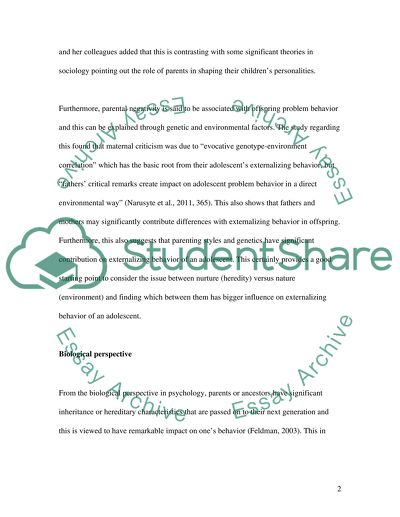Cite this document
(“Nature versus Nurture Term Paper Example | Topics and Well Written Essays - 1250 words”, n.d.)
Retrieved from https://studentshare.org/psychology/1433709-nature-versus-nurture
Retrieved from https://studentshare.org/psychology/1433709-nature-versus-nurture
(Nature Versus Nurture Term Paper Example | Topics and Well Written Essays - 1250 Words)
https://studentshare.org/psychology/1433709-nature-versus-nurture.
https://studentshare.org/psychology/1433709-nature-versus-nurture.
“Nature Versus Nurture Term Paper Example | Topics and Well Written Essays - 1250 Words”, n.d. https://studentshare.org/psychology/1433709-nature-versus-nurture.


